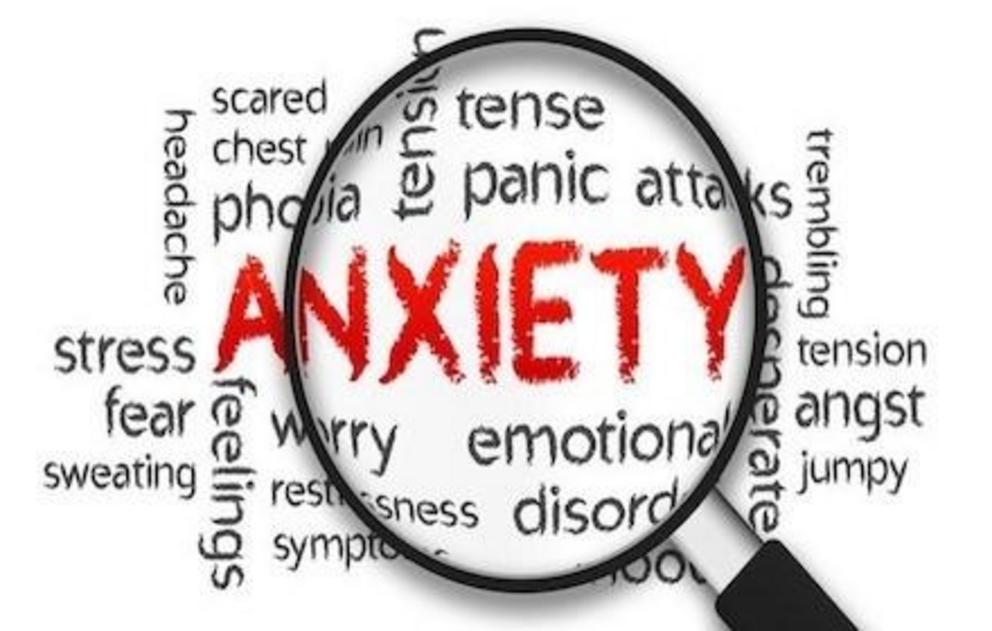The anxiety epidemic, antidepressants and CBD
Last week I read an article titled, “Anti-anxiety meds could be next U.S. epidemic.” [1] I think a better title would have been: Anxiety: a U.S. Epidemic. How do we know anxiety is of epidemic proportions? We know because statistics reveal a dramatic bump in the number of antidepressant prescriptions between years 1996 and 2013.
Anna Lembke, MD, of the department of psychiatry and behavioral sciences at Stanford University School of Medicine in Stanford, California, and colleagues note that between 1996 and 2013, the number of benzodiazepine prescriptions filled by adults increased by 67%. [2]
I’m guessing the number of “benzo” prescriptions has continued to increase. Why? For several reasons.
- There’s the issue of over-prescribing by doctors who get the hard-sell from their pharmaceutical reps. It’s a vicious cycle all about the almighty dollar, in my humble opinion.
- Getting off benzos puts people at risk of intense withdrawal symptoms, possible seizures, and even death, according to public health officials. Perhaps this keeps people re-filling their prescription.
- We live in an age of concern about not meeting expectations regarding: education, work, and personal goals of appearance, finance, health and relationships.
The American Psychiatric Association (APA) in 2018 surveyed 1000 adults about their anxiety. It showed that the national anxiety score rose to 51 on a scale from 0 to 100 [3] which was a five-point jump from 2017. The greatest area of increase was indicated as paying bills, and the group with the biggest increase in anxiety was Baby Boomers with a seven-point increase over 2017 scores.
This is the first of a series about anxiety, antidepressants and CBD. Since it appears to me that anxiety has become normalized in today’s 1st world societies, I will highlight reason #3 above. I believe societal expectations in this Technological/Information Age have risen to a level beyond consideration of the facts of being human. Instead we now seem to be pitted against artificial intelligence (AI).
There are many facts inherent to being human. We have beliefs, opinions and feelings. We want to be safe. We make mistakes. We forget. We over-commit. We need rest. We’re not always healthy in body and/or mind. We age. We get overwhelmed. We have a unique experience of family. We tend to conform to peer pressure. We compare ourselves to others. We get distracted. We have expectations. We are social.

Perfection in the human form is but a utopian dream.
The Oxford English Dictionaries define anxiety [4]:
1 A feeling of worry, nervousness, or unease about something with an uncertain outcome.
1.1(Psychiatry) A nervous disorder marked by excessive uneasiness and apprehension, typically with compulsive behaviour or panic attacks.
2 (with infinitive) Strong desire or concern to do something or for something to happen.
Anxiety falls into three categories according to the National Institute of Mental Health (NIMH):
Generalized anxiety disorder includes symptoms of excessive and uncontrollable worry that can include muscle tension and irritability.
Social anxiety disorder, AKA social phobia, is about being seen in a negative light in social situations. People with social anxiety disorder fear judgment, embarrassment, rejection, etc.
Panic disorder is when someone has repeated, uncontrollable panic attacks that can include a pounding heart and intense fear or worry of an outcome ahead. NIMH cites risk factors for anxiety as:
- Shyness, or behavioral inhibition, in childhood
- Being female
- Few economic resources
- Being divorced or widowed
- Past and/or present exposure to stressful life events
- Anxiety disorders in close biological relatives
- Parental history of mental disorders
- Elevated afternoon cortisol levels in the saliva (specifically for social anxiety disorder)
Of course anxiety is normal in small, infrequent doses at different times in our life when we must be “on.” But as a steady diet . . . not so much. In Part II, we will explore the pharmaceutical antidepressant solution.

